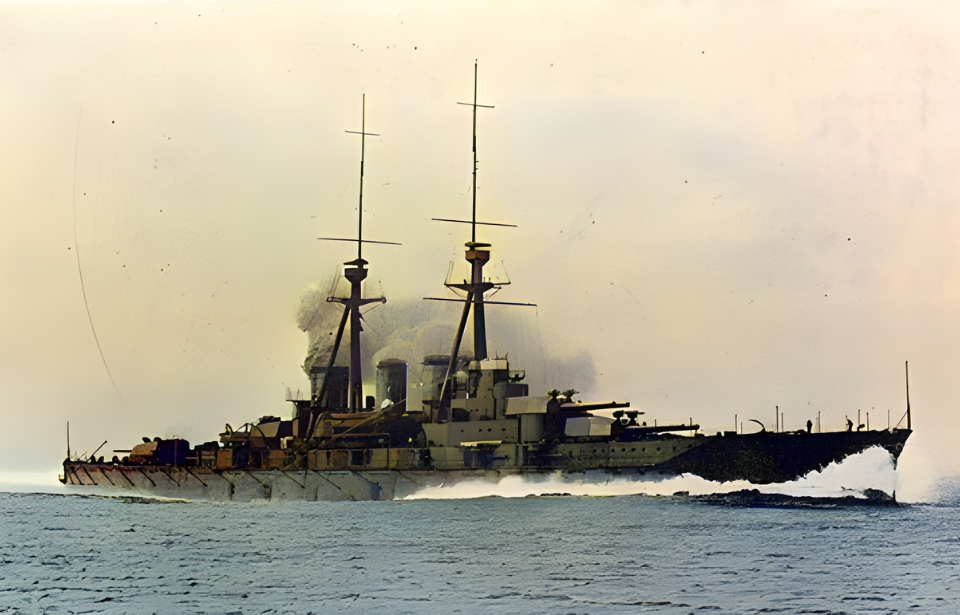Construction of Kongō
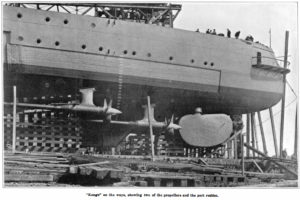
In January 1911, British naval engineer George Thurston assumed responsibility for the construction of the Kongō, a major milestone in naval history. As the Royal Navy’s sole battlecruiser, it was built in Barrow-in-Furness, Cumbria, while similar vessels were constructed in Japan.
Nonetheless, the project was tainted by controversy. In January 1914, a leaked telegram exposed a troubling development: Japanese officials had accepted bribes from German and British arms manufacturers to ensure their products were chosen.
Consequently, Prime Minister Yamamoto’s entire administration resigned, along with several prominent business leaders. Moreover, Japanese Vice Admiral Matsumoto Kazu was court-martialed and sentenced to three years in prison for his role in the scandal.
Kongō was loaded with armaments
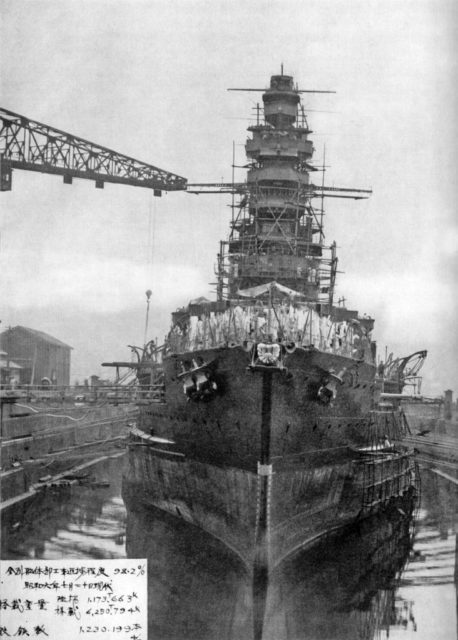
Kongō was equipped with eight 14-inch heavy-caliber main naval guns in four twin turrets, setting a pioneering standard as the first ship in the world to carry 14-inch guns. These guns could fire armor-piercing and high-explosive shells, showcasing Japan’s dedication to superior firepower.
In addition to its primary weaponry, Kongō had a secondary battery of 16 six-inch .50-caliber guns housed in single casemates, eight 3-inch guns, and eight submerged 21-inch torpedo tubes.
Service during World War I
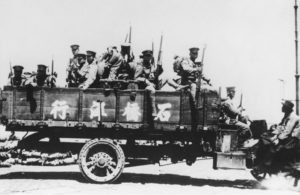
Formally commissioned in August 1913 as a battlecruiser, Kongō swiftly entered active service. At the outbreak of the First World War, she was tasked with patrolling German lines of communication at sea and later provided support to Japanese units during the Siege of Tsingtao.
Following the British victory over Germany at the Battle of the Falkland Islands, Kongō‘s role diminished. Consequently, she was either stationed at Sasebo Naval Base or patrolled near China for the remainder of the conflict.
After WWI, a collective desire among the world’s powers to prevent another conflict led to the signing of the Washington Naval Treaty. This treaty imposed restrictions on the construction of new naval ships, leading to a reduction in the size of the Japanese Navy.
Interwar period and the start of World War II
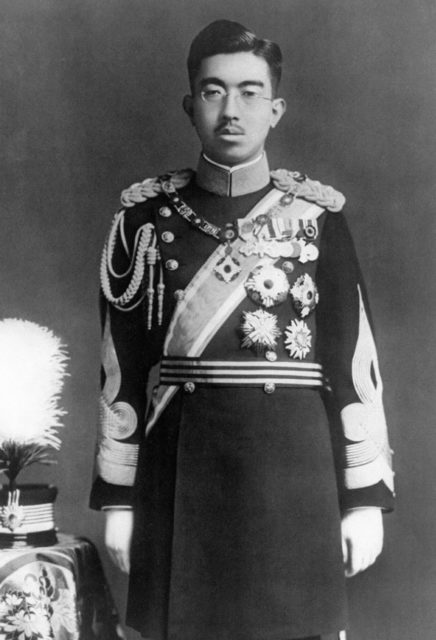
In 1923, Kongō was used to transport Crown Prince (later Emperor) Hirohito to an official visit of Taiwan, and over the interwar period saw a number of upgrades. Starting in 1929, the Japanese Empire began transforming Kongō from a cruiser to a full-on battleship, completing the process six years later. The vessel was made to be significantly faster and had the armor near her ammunition magazines strengthened, among a number of other upgrades.
The newly rebuilt ship was active during the Second Sino-Japanese War, with two of her floatplanes bombing the Chinese town of Fuzhou. When the Second World War began, however, Kongō was sent off to the Pacific.
On February 22, 1942, the battleship participated in the Japanese invasion of the Dutch East Indies. The rest of year saw Kongō frequently battling and sinking ships from the British Empire across the Pacific.
The loss of Kongō in the Formosa Strait
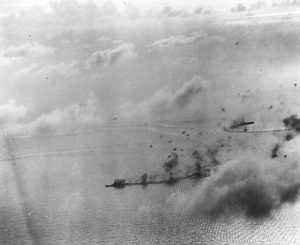
For Kongō and Japan, the start of the Pacific campaign went very well. However, the tides turned during the Battle of Midway with the loss of four of the Combined Fleet’s aircraft carriers. The ship also took part in the Guadalcanal Campaign, during which Henderson Field was bombarded with high-explosive shells in what was the most successful Japanese battleship action of the Second World War.
The next two major offensives the vessel took part in were the battles of the Philippine Sea and Leyte Gulf. Kongō played an important role in Leyte Gulf, sinking multiple American vessels, including the destroyer escort USS Samuel B. Roberts (DE-413). Despite this, the battle resulted in a victory for the Allies.
Not long after, in November 1944, Kongō was spotted by the submarine USS Sealion (SS-315) in the Formosa Strait. The vessel fired six bow torpedoes at the battleship, two of which hit and flooded Kongō‘s boiler rooms. While she was able to escape the scene, the damage proved to be too much, with her sinking to the bottom of the strait after her forward 14-inch magazine exploded. Over 1,200 crewmen died.
Are you a fan of all things ships and submarines? If so, subscribe to our Daily Warships newsletter!
Kongō was the only Japanese battleship to be sunk by a submarine during WWII, while Sealion was the only Allied submarine to sink an enemy battleship.
